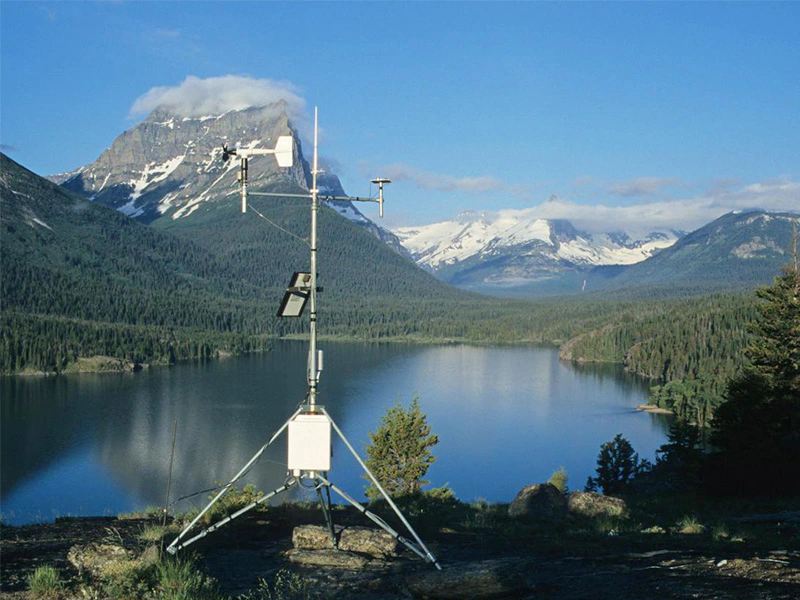
# Meteorological Station: Weather Monitoring and Data Collection
## Introduction to Meteorological Stations
Meteorological stations play a crucial role in weather monitoring and climate research. These facilities are equipped with specialized instruments to measure various atmospheric conditions, providing essential data for weather forecasting, climate studies, and environmental monitoring.
## Key Components of a Weather Station
A standard meteorological station typically includes several important instruments:
### Temperature Measurement
Thermometers measure air temperature, while soil thermometers track ground temperature variations. Modern stations often use electronic sensors for more precise readings.
### Precipitation Gauges
These devices measure rainfall and snowfall amounts. The most common type is the tipping bucket rain gauge, which records precipitation in millimeters.
### Wind Measurement Instruments
Anemometers measure wind speed, while wind vanes determine wind direction. Some advanced stations use ultrasonic anemometers for more accurate readings.
### Atmospheric Pressure Sensors
Barometers record atmospheric pressure, which is crucial for weather prediction and storm tracking.
## Data Collection and Transmission
Modern meteorological stations have evolved significantly in their data collection methods:
Automated Weather Stations
Most contemporary stations are automated, collecting data continuously and transmitting it to central databases via satellite, radio, or cellular networks.
Remote Sensing Technology
Some advanced stations incorporate radar and satellite data to complement ground-based measurements.
Data Quality Control
Sophisticated algorithms check for anomalies and errors in the collected data to ensure accuracy before it’s used for analysis.
## Applications of Meteorological Data
The information gathered from weather stations serves numerous important purposes:
- Weather forecasting and severe weather warnings
- Climate change research and monitoring
- Agricultural planning and irrigation management
- Aviation and maritime navigation safety
- Renewable energy production optimization
## The Future of Weather Monitoring
Emerging technologies are transforming meteorological stations:
IoT Integration
Internet of Things technology allows for more distributed networks of smaller, interconnected weather sensors.
AI-Powered Analysis
Artificial intelligence is being used to process vast amounts of weather data more efficiently and improve prediction models.
Citizen Science Contributions
Personal weather stations and mobile apps are enabling more people to contribute to weather data collection.
As technology advances, meteorological stations will continue to play a vital role in our understanding of weather patterns and climate systems, helping societies prepare for and adapt to changing environmental conditions.
Keyword: meteorological station